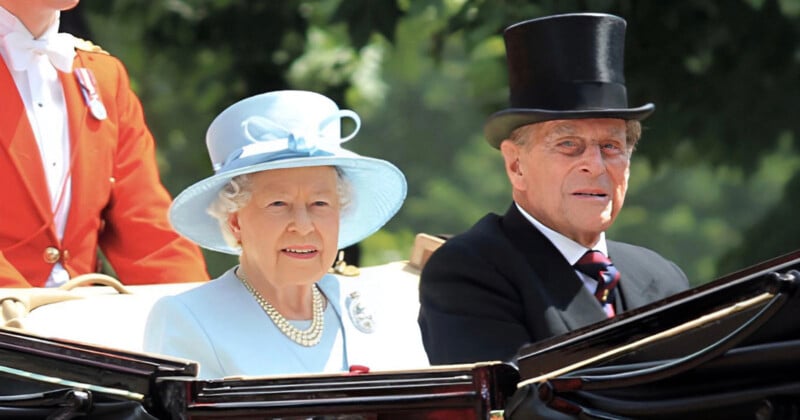Artist Sues Photographer Over Iconic Portrait of Queen Elizabeth

Photographer Chris Levine, who captured an iconic holographic portrait of Queen Elizabeth II, is being sued by artist Rob Munday who claims that he is the co-creator of the works Equanimity and Lightness of Being.
The widely-known images were created in 2004, and Munday alleges that Levine — who describes himself as an “artist who works with light and who uses photography in his projects” — has wrongly asserted sole artistic credit on the images.
The portraits were commissioned by the Jersey Heritage Trust to commemorate the 800th anniversary of the island’s allegiance to the English crown. Produced across two sittings in 2003 and 2004, the images have since been displayed in leading British art institutions and are held in the National Portrait Gallery. They are among the most recognizable depictions of the late monarch.
Munday, who has worked in holography since the early 1980s, argues that his expertise was essential to the creation of the portraits and that he should be recognized as a joint author.
“I’ve been going through this cycle for 20 years,” he tells the Guardian, the newspaper that broke the story. “I’m not young any more; it felt like this had to be fought now or never.”
Munday asserts that he and Levine reached a settlement with the Jersey Heritage Trust in 2005, acknowledging joint authorship, and that this agreement has since been breached. The lawsuit filed in England’s High Court claims that Levine and his company, Sphere 9, violated Munday’s moral rights by failing to credit him properly.
Levine disputes Munday’s claims, maintaining that he alone was commissioned as the artist. “Mr Munday does not hold any copyright in Equanimity or Lightness of Being,” Levine says in a statement while characterizing Munday as “a technical subcontractor” who assisted in production “as part of my team, not as an artistic partner.”
“Any claim on my rights will be fiercely defended. This is my art,” he adds.
The disagreement follows a separate legal case brought in 2024 by the Jersey Heritage Trust against Levine, alleging breach of contract and the sale of unlicensed editions of the portraits. That case was settled out of court. In a joint statement issued at the time, the trust and Levine said: “The parties acknowledge that Chris Levine was the sole artist commissioned by the Jersey Heritage Trust to create the portrait,” while also recognizing the contributions of “holographer Robert Munday of UK Company Spatial Imaging” among other collaborators.
Munday says he decided to pursue legal action after Levine posted a statement on Instagram following that settlement. “Truth prevailed,” Levine wrote. “I was the sole artist commissioned and am now legally recognized as the sole author of the work.” The post has since been deleted.
Levine gained international visibility with Lightness of Being, an image of the Queen shown with closed eyes. The portrait has featured in prominent exhibitions and appears on the cover of Levine’s forthcoming monograph.
Munday is seeking formal recognition as co-author and a public acknowledgment that the portraits were jointly created. The case remains ongoing.
Image credits: Header photo licensed via Depositphotos.